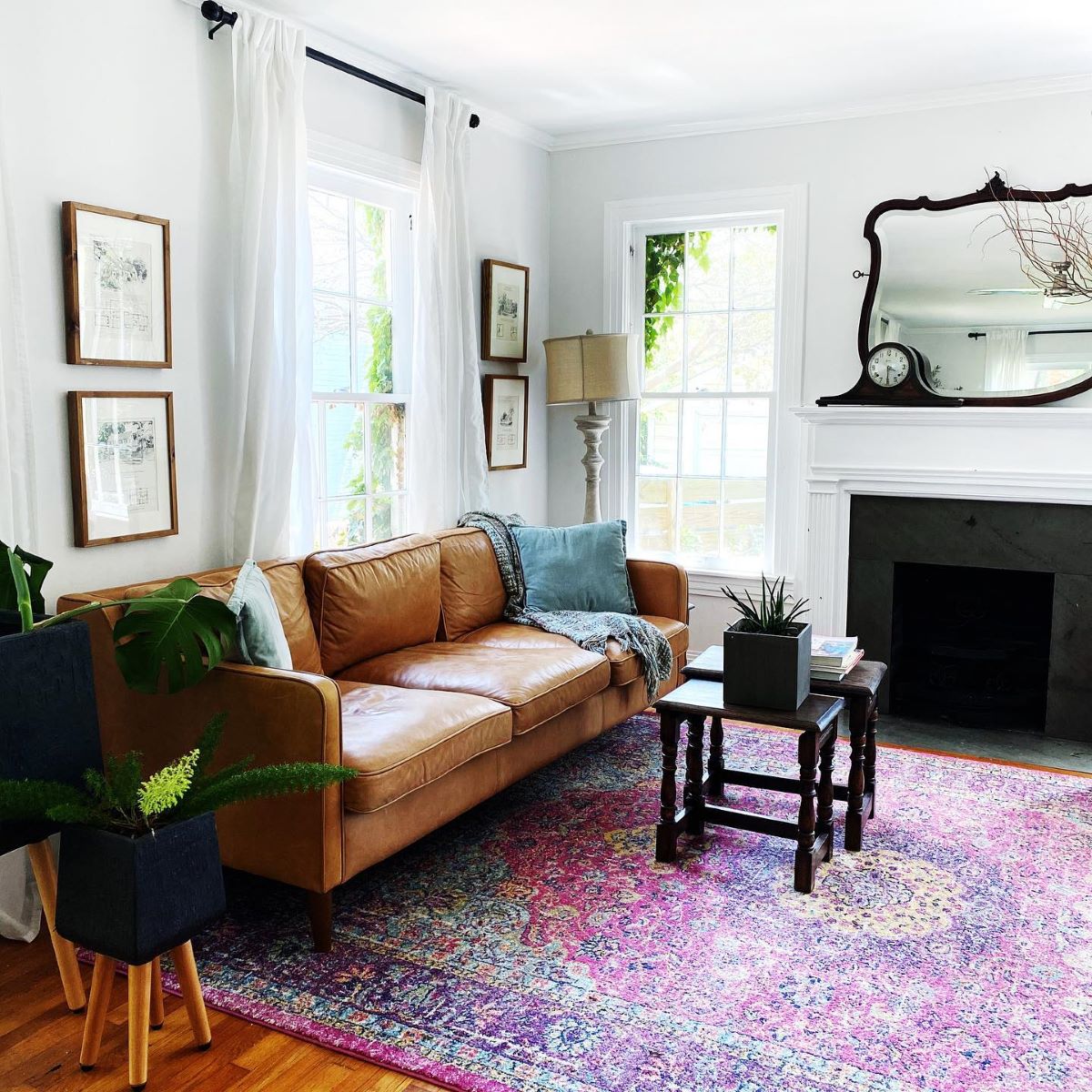

Articles
Why Are Persian Rugs So Expensive
Modified: January 19, 2024
Discover the reasons behind the high prices of Persian rugs in this informative article. Learn about the artistry, craftsmanship, and cultural significance that make them so valuable.
(Many of the links in this article redirect to a specific reviewed product. Your purchase of these products through affiliate links helps to generate commission for Storables.com, at no extra cost. Learn more)
Introduction
Persian rugs are renowned worldwide for their exquisite beauty and unparalleled craftsmanship. These luxurious floor coverings have captivated art enthusiasts, interior designers, and collectors for centuries. However, one question that often arises is why Persian rugs are so expensive. In this article, we will delve into the reasons behind their steep price tags and explore the factors that contribute to their exceptional value.
From their historical significance to the meticulous techniques employed in their creation, Persian rugs have a rich heritage that adds to their allure. These rugs have stood the test of time and continue to showcase the artistic expression and cultural heritage of Iran.
In order to fully appreciate why Persian rugs command such high prices, it is essential to delve into their historical significance.
Key Takeaways:
- Persian rugs are a timeless investment due to their rarity, enduring quality, and cultural significance. Their exquisite craftsmanship and limited production make them coveted pieces with potential for both aesthetic and financial returns.
- The steep price of Persian rugs is justified by their rich historical heritage, intricate designs, and meticulous handcrafted techniques. Each rug is a masterpiece that embodies the artistry, cultural symbolism, and enduring beauty of Iranian culture.
Read more: How Expensive Are Persian Rugs
Historical Significance of Persian Rugs
Persian rugs have a long and storied history that dates back thousands of years. The art of rug weaving in Persia can be traced back to ancient times, with evidence of rug fragments discovered in archaeological sites. These rugs were not only practical floor coverings but also served as status symbols and artistic masterpieces.
During the Golden Age of Persian carpet weaving, which occurred between the 16th and 17th centuries, the art form reached its zenith. Persian rugs adorned the palaces of royalty and were highly sought after by wealthy elite individuals. It was during this time that intricate designs, stunning colors, and meticulous craftsmanship became synonymous with Persian rugs.
One of the most famous periods in Persian rug history is the Safavid dynasty (1501-1736). The rulers of this dynasty played a pivotal role in promoting and supporting the art of carpet weaving. Royal workshops were established, and talented artisans were employed to create rugs of the highest quality for the court and nobility.
Throughout history, Persian rugs have been influenced by various artistic and cultural movements. From the geometric patterns of the tribal rugs to the floral motifs of the city-based carpets, each style reflects the region and the era in which it was created.
Today, Persian rugs continue to be a symbol of luxury, quality, and artistry. They are treasured as heirlooms, passed down from generation to generation, and appreciated for their historical and cultural significance.
Traditional Persian Rug Making Techniques
The creation of Persian rugs involves a blend of traditional craftsmanship and meticulous techniques that have been passed down through generations. These techniques contribute to the exceptional quality and durability of these rugs, making them highly valued in the market.
One of the key techniques used in Persian rug making is hand knotting. Skilled artisans use a loom to weave the rug, knot by knot, using fine threads of wool or silk. Each knot is carefully tied to create the intricate patterns and designs that are characteristic of Persian rugs. This labor-intensive process requires immense skill, patience, and precision.
Another technique used in Persian rug making is hand spinning. Before the yarn is woven into the rug, it undergoes a process of spinning to create fine, strong, and resilient fibers. Hand spinning ensures that the threads are uniform in thickness, resulting in a rug that is both visually appealing and durable.
The process of dyeing the materials used in Persian rugs is also crucial. Natural dyes are predominantly used, derived from plants, insects, or minerals. These dyes produce rich and vibrant colors that age beautifully over time. The dyeing process is intricate, involving multiple stages and experienced dyers who have mastered the art of achieving the desired hues.
Additionally, Persian rugs often feature intricate details and designs that are hand-embroidered or woven into the rug using supplementary weft techniques. This meticulous process adds depth, texture, and intricacy to the final product, elevating its artistic value.
It’s important to note that the traditional techniques used in Persian rug making are time-consuming and require great skill. Artisans spend months, and sometimes even years, creating a single rug. The combination of hand knotting, hand spinning, natural dyeing, and detailed embellishments contribute to the high price of Persian rugs.
These traditional techniques are not only crucial for maintaining the authenticity of Persian rugs but also contribute to their uniqueness and distinction in the market. Each rug is a testament to the craftsmanship and dedication of the artisans who bring them to life.
Quality and Craftsmanship
When it comes to Persian rugs, quality and craftsmanship are two paramount factors that contribute to their high price tags. These rugs are meticulously crafted using the finest materials and precise techniques, resulting in products that are unrivaled in terms of durability and beauty.
One of the key aspects of Persian rugs that sets them apart is the use of high-quality materials. Fine wool, often sourced from sheep in the mountainous regions of Iran, is commonly used in the production of these rugs. The wool is prized for its softness, resilience, and ability to hold vibrant colors. In some cases, Persian rugs are also made using silk, which adds a luxurious sheen and an extra level of elegance to the final product.
The attention to detail in Persian rug weaving is remarkable. Artisans meticulously hand-knot each rug, ensuring that every knot is tightly secured. The knot density, typically measured in knots per square inch, is an indicator of the rug’s quality. The higher the knot density, the more intricate the design and the more durable the rug. Persian rugs often exhibit high knot densities, ranging from 100 to over 1,000 knots per square inch, showcasing the level of craftsmanship and precision involved in their creation.
Another aspect that highlights the quality of Persian rugs is their pile height. The pile refers to the fibers that form the surface of the rug. Persian rugs are known for their thick, dense pile, which provides a luxurious feel underfoot and enhances the rug’s longevity. The density and length of the pile are carefully considered during the weaving process to achieve the desired texture and plushness.
In addition to the materials and weaving techniques, the design and pattern of Persian rugs also contribute to their quality. Traditional motifs, such as floral patterns, intricate medallions, and geometric shapes, are meticulously incorporated into the rug’s design. The symmetry, balance, and precision of the patterns showcase the skill and artistic vision of the weavers.
The craftsmanship involved in creating Persian rugs is a true testament to the dedication and expertise of the artisans. Their attention to detail, use of high-quality materials, and commitment to preserving traditional techniques ensure that each Persian rug is a masterpiece of enduring beauty and exceptional quality.
Natural Materials Used in Persian Rugs
Persian rugs are known for their use of natural materials, which contribute to their unique beauty, durability, and value. The careful selection of these materials is a testament to the craftsmanship and commitment to creating rugs of the highest quality.
One of the primary materials used in Persian rug making is wool. Wool is sourced from sheep, often from specific regions in Iran known for producing high-quality fibers. The wool is prized for its resilience, softness, and ability to hold vibrant colors. It is carefully spun and prepared to create the yarn used in weaving the rugs. The natural wool fibers add warmth and texture to the rugs, making them comfortable underfoot and enhancing their longevity.
Another natural material commonly used in Persian rugs is silk. Silk is known for its luxurious feel and lustrous appearance, adding an extra level of elegance to the rugs. Silk fibers are fine and delicate, allowing for intricate designs and patterns to be woven with exceptional detail. Persian rugs that are made predominantly or entirely using silk are highly prized for their exquisite beauty and opulence.
In addition to wool and silk, natural dyes are an integral part of Persian rug making. These dyes are derived from plants, insects, or minerals and are chosen for their rich and vibrant colors. Natural dyes not only create a stunning visual effect but also age beautifully over time, adding to the rugs’ charm and character. The process of dyeing the yarn is a meticulous one, requiring experienced dyers who understand the properties of the natural dyes and how to achieve the desired hues.
The choice to use natural materials in Persian rugs reflects a commitment to sustainability and environmental consciousness. By utilizing natural fibers and dyes, these rugs are not only beautiful but also environmentally friendly. The use of natural materials also ensures that each rug is unique, as variations in color and texture may occur due to the natural properties of the materials.
The incorporation of natural materials in Persian rugs speaks to the authenticity and time-honored traditions of this art form. It is a testament to the artisans’ dedication to preserving the traditional methods of rug making and their commitment to creating rugs that showcase the inherent beauty of natural fibers and dyes. The use of these materials elevates the value and desirability of Persian rugs, making them treasured pieces of art and craftsmanship.
When considering the cost of Persian rugs, it’s important to understand that they are handcrafted using high-quality materials and intricate weaving techniques, which contribute to their durability and timeless beauty. This craftsmanship and attention to detail are reflected in their price.
Read more: Why Are Rugs So Expensive
Complexity of Design and Patterns
One of the defining characteristics of Persian rugs is the complexity of their designs and patterns. These intricately woven motifs are a true testament to the skill and artistry of the weavers, and they contribute significantly to the high price and desirability of Persian rugs.
The designs and patterns found in Persian rugs can vary widely, influenced by the region, cultural traditions, and historical periods. Floral motifs, geometric shapes, medallions, and pictorial scenes are some of the common themes depicted in these rugs. Each design is carefully crafted with precision and attention to detail.
The complexity of the designs is achieved through various techniques, including knotting techniques and the use of multiple colors and outlines. The weavers meticulously knot each thread, creating intricate patterns that flow seamlessly across the surface of the rug. The weaving process involves counting the number of knots and carefully following the design chart, ensuring accuracy and consistency throughout the rug’s creation.
Another aspect that adds to the complexity of Persian rug designs is the use of different weaving techniques. Weavers employ techniques such as pile weaving, flat weaving, and embroidery to create distinctive textures and enhance the level of detail in the patterns. These techniques require exceptional skill and experience to master.
The patterns found in Persian rugs also carry symbolic meanings and tell stories. For example, floral motifs may represent the Garden of Paradise, while animal motifs can symbolize strength or protection. The intricate designs are often influenced by cultural and religious elements, creating rugs that are not only visually captivating but also culturally significant.
Furthermore, many Persian rugs feature symmetrical designs, creating a sense of balance and harmony. The symmetrical patterns are achieved through precise calculations and meticulous execution, further emphasizing the craftsmanship and skill involved in their creation.
The complexity of the designs and patterns in Persian rugs adds depth, visual interest, and artistic value. Each rug tells a story and showcases the creativity and artistic vision of the weavers. The level of detail and intricacy involved in creating these designs contributes to the uniqueness and timeless beauty of Persian rugs, making them highly sought after by collectors, interior designers, and art enthusiasts.
Rarity and Limited Production
Persian rugs are not only esteemed for their exquisite beauty and craftsmanship but also for their rarity. The limited production of these rugs adds to their exclusivity and drives up their prices in the market.
One of the reasons for the rarity of Persian rugs is the labor-intensive and time-consuming process involved in their creation. Skilled artisans spend months, and sometimes even years, handcrafting each rug. The intricate designs, meticulous knotting, and attention to detail require immense skill, patience, and dedication. This results in a limited number of rugs being produced each year.
Furthermore, Persian rugs are predominantly made in rural villages and small workshops, with artisans passing down their knowledge and techniques from generation to generation. This traditional approach to rug making limits the production capacity, as the number of skilled weavers who specialize in creating Persian rugs is limited.
Add to this the fact that many of the traditional weaving techniques used in Persian rug making are at risk of being lost. With the rise of machine-made rugs and mass production methods, the art of hand-weaving Persian rugs is becoming increasingly rare. The preservation of this age-old craft depends on a dwindling number of skilled weavers who continue to practice and produce these exquisite works of art.
Another factor that contributes to the rarity of Persian rugs is the availability of high-quality natural materials. The finest wool and silk fibers used in these rugs are carefully sourced and selected, often from specific regions within Iran. The limited supply of these materials further restricts the production of Persian rugs.
Additionally, Persian rugs are often made in small batches or as one-of-a-kind pieces. The intricate designs, patterns, and color combinations are carefully planned, resulting in rugs that are unique and distinct. Each rug tells its own story and is a reflection of the artist’s vision and craftsmanship. The limited production of these individually crafted rugs adds to their exclusive allure.
The rarity of Persian rugs contributes to their value and desirability. Collectors and enthusiasts are willing to pay a premium for these scarce masterpieces, driving up the prices in the market. Owning a Persian rug becomes a statement of luxury, art appreciation, and a connection to a rich cultural heritage.
Cultural and Artistic Value
Persian rugs are not just floor coverings; they are cultural and artistic treasures that hold immense value and significance. Their intricate designs, historical importance, and role in Iranian culture contribute to their cultural and artistic value.
Throughout history, Persian rugs have been an integral part of the Iranian culture and identity. They have been used in palaces, mosques, and homes as a form of artistic expression and a symbol of wealth and power. Persian rug making is considered an age-old tradition, passed down through generations, and serves as a means of preserving cultural heritage.
Each Persian rug tells a story, reflecting the traditions, beliefs, and artistic influences of the weaver and their region. The patterns and motifs found in these rugs often have symbolic meanings, representing elements of nature, folklore, or historical events. These rugs are not only functional objects but also a form of visual storytelling.
The artistry and craftsmanship involved in creating Persian rugs are widely recognized and admired. The intricate designs, delicate color combinations, and precise knotting techniques are a testament to the skill and dedication of the weavers. Persian rugs are considered works of art, appreciated by collectors and art enthusiasts worldwide.
Moreover, Persian rugs serve as a bridge between the past and the present. They embody centuries of Persian culture, history, and artistic traditions. Many of these rugs feature designs and patterns that have been passed down for generations, maintaining their authenticity and cultural relevance. Owning a Persian rug is like owning a piece of history and being connected to a rich artistic legacy.
Furthermore, Persian rugs are not limited to specific regions or communities. They have a global appeal and are appreciated by people from different cultures and backgrounds. The beauty and craftsmanship of these rugs transcend borders, making them an esteemed form of art that can be admired and cherished by individuals all over the world.
The cultural and artistic value of Persian rugs is unparalleled. Their significance in Iranian culture, the artistic skill invested in their creation, and their ability to transcend time and borders make them highly sought-after pieces of art. When acquiring a Persian rug, you are not only bringing a stunning and functional piece into your space, but also becoming part of a rich cultural narrative.
Investment Potential of Persian Rugs
Besides their aesthetic and cultural value, Persian rugs also have significant investment potential. Over the years, these rugs have proven to be a sound investment, appreciating in value and maintaining their desirability in the market.
One factor that contributes to the investment potential of Persian rugs is their rarity. As previously mentioned, the limited production, along with the decline of traditional weaving techniques, makes these rugs scarcer over time. As supply decreases, the demand for Persian rugs continues to grow, driving up their prices.
Another aspect that enhances the investment value of Persian rugs is their enduring quality. These rugs are known for their exceptional craftsmanship and durability. With proper care and maintenance, Persian rugs can last for generations, maintaining their beauty and value over time. Therefore, their longevity and ability to withstand wear and tear add to their investment appeal.
Additionally, the artistic and cultural significance of Persian rugs contributes to their investment value. As time passes, these rugs become not just beautiful artifacts but also historical artifacts, capturing a moment in time and reflecting the artistic traditions of previous eras. As such, their value appreciates not only based on their physical condition but also due to their historical and artistic significance.
Furthermore, the global demand for Persian rugs continues to rise. These rugs are sought after by collectors, interior designers, and art enthusiasts worldwide. As more people recognize the unique beauty and craftsmanship of Persian rugs, their market value increases. The international appreciation and demand for these rugs make them a sought-after investment asset.
It’s important to note that the investment potential of Persian rugs can also be influenced by factors such as the rarity of certain designs, the reputation of the weavers or workshops, and market trends. Collectors and investors often seek out rugs that are considered exceptional in terms of design, historical significance, or craftsmanship, as these factors can further enhance their investment value.
Considering the historical appreciation and enduring demand for Persian rugs, investing in these timeless pieces can be a wise financial decision. However, it is essential to carefully research the market, seek expert advice, and ensure the authenticity and quality of the rugs before making any investment decisions.
Overall, Persian rugs offer not only a stunning addition to any space but also an opportunity for long-term investment. Their rarity, quality, cultural significance, and global demand make them a valuable asset that can potentially provide both aesthetic and financial returns.
Read more: Why Are Pillows So Expensive
Conclusion
Persian rugs are not simply floor coverings but cherished works of art that hold immense cultural, artistic, and investment value. Their steep price tags are justified by the historical significance, traditional techniques, quality materials, intricate designs, rarity, and enduring appeal that define these rugs.
Through centuries of craftsmanship, Persian rugs have become emblematic of beauty, luxury, and artistic expression. They carry with them a rich heritage, showcasing the cultural traditions and artistic influences of the regions where they were created.
The labor-intensive techniques used in Persian rug making, such as hand knotting and hand spinning, result in rugs of exceptional quality and durability. Natural materials, including fine wool and silk, are carefully selected for their beauty and longevity.
The complexity of the designs and patterns found in Persian rugs showcases the skill and artistry of the weavers. Each rug tells a story and reflects the cultural symbolism and artistic vision of its creator.
The limited production of Persian rugs, coupled with the decline of traditional weaving techniques, contributes to their rarity. As supply decreases and demand increases, the investment potential of Persian rugs continues to rise.
Moreover, these rugs hold immense cultural and historical significance, serving as timeless linkages to the past and preserving traditions that would otherwise be lost. The global appreciation and demand for Persian rugs further enhance their value and desirability.
Whether for personal enjoyment, to enhance the aesthetic of a space, or as a long-term investment, Persian rugs are a wise choice. Owning a Persian rug is like owning a piece of art and history, woven together with skill, passion, and heritage.
In conclusion, Persian rugs are not merely expensive decor items but treasured artifacts that embody the richness and beauty of Iranian culture. Their rarity, quality, craftsmanship, cultural significance, and investment potential make them highly valued and sought after by individuals around the world.
Frequently Asked Questions about Why Are Persian Rugs So Expensive
Was this page helpful?
At Storables.com, we guarantee accurate and reliable information. Our content, validated by Expert Board Contributors, is crafted following stringent Editorial Policies. We're committed to providing you with well-researched, expert-backed insights for all your informational needs.
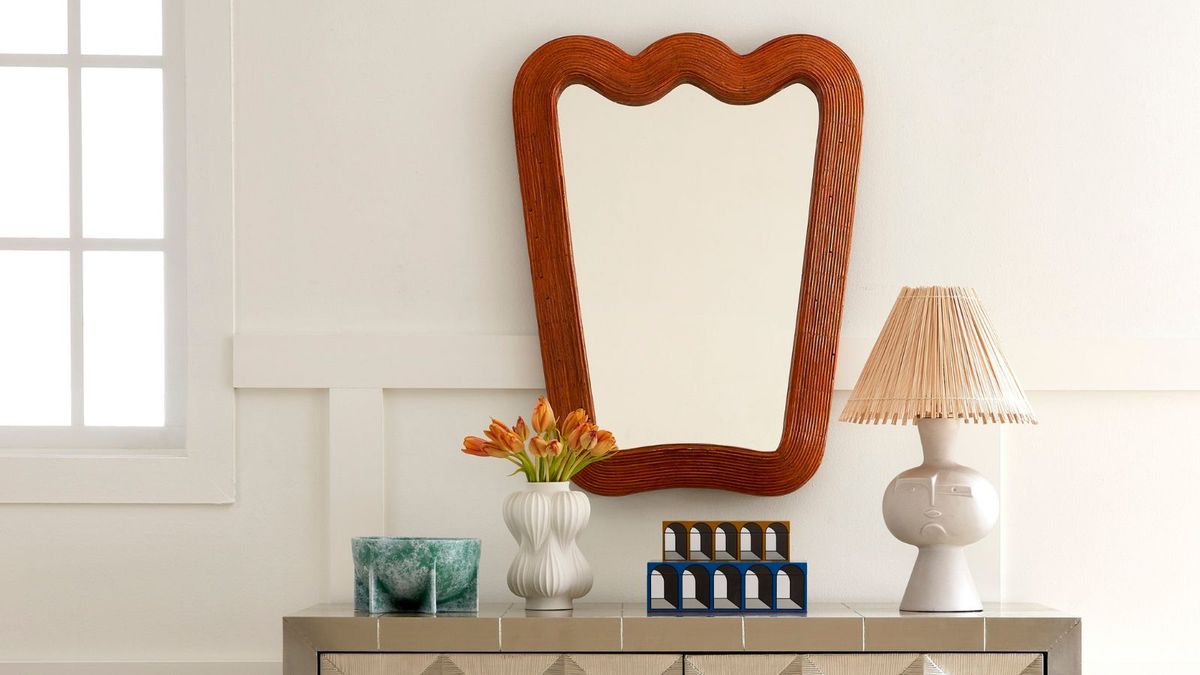
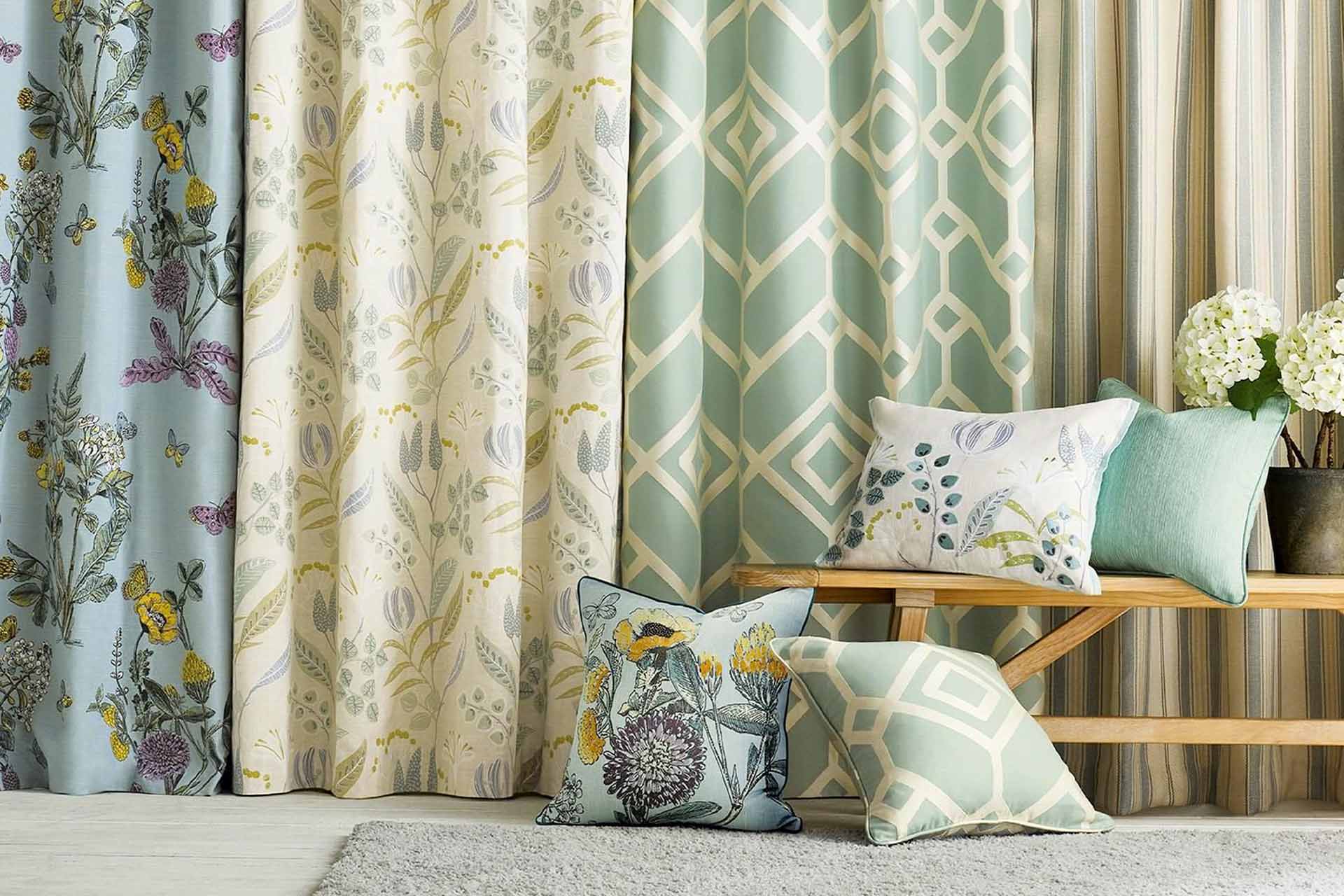

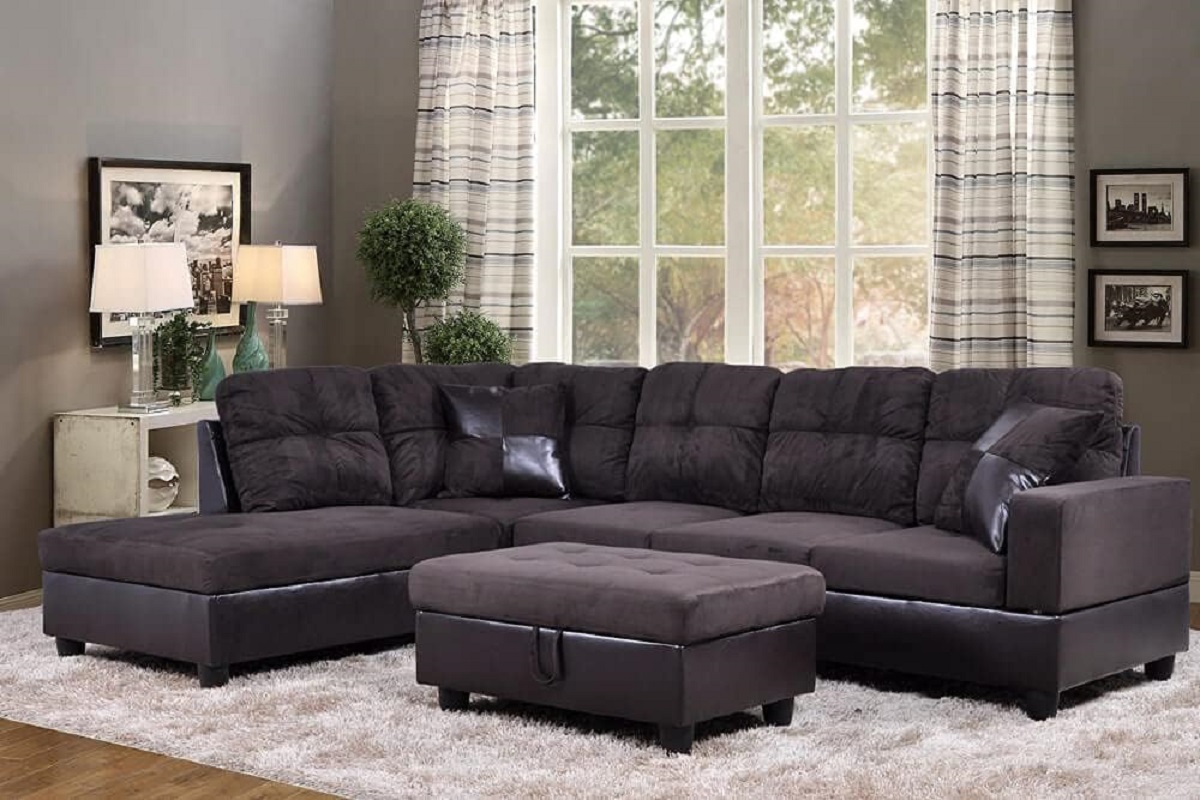

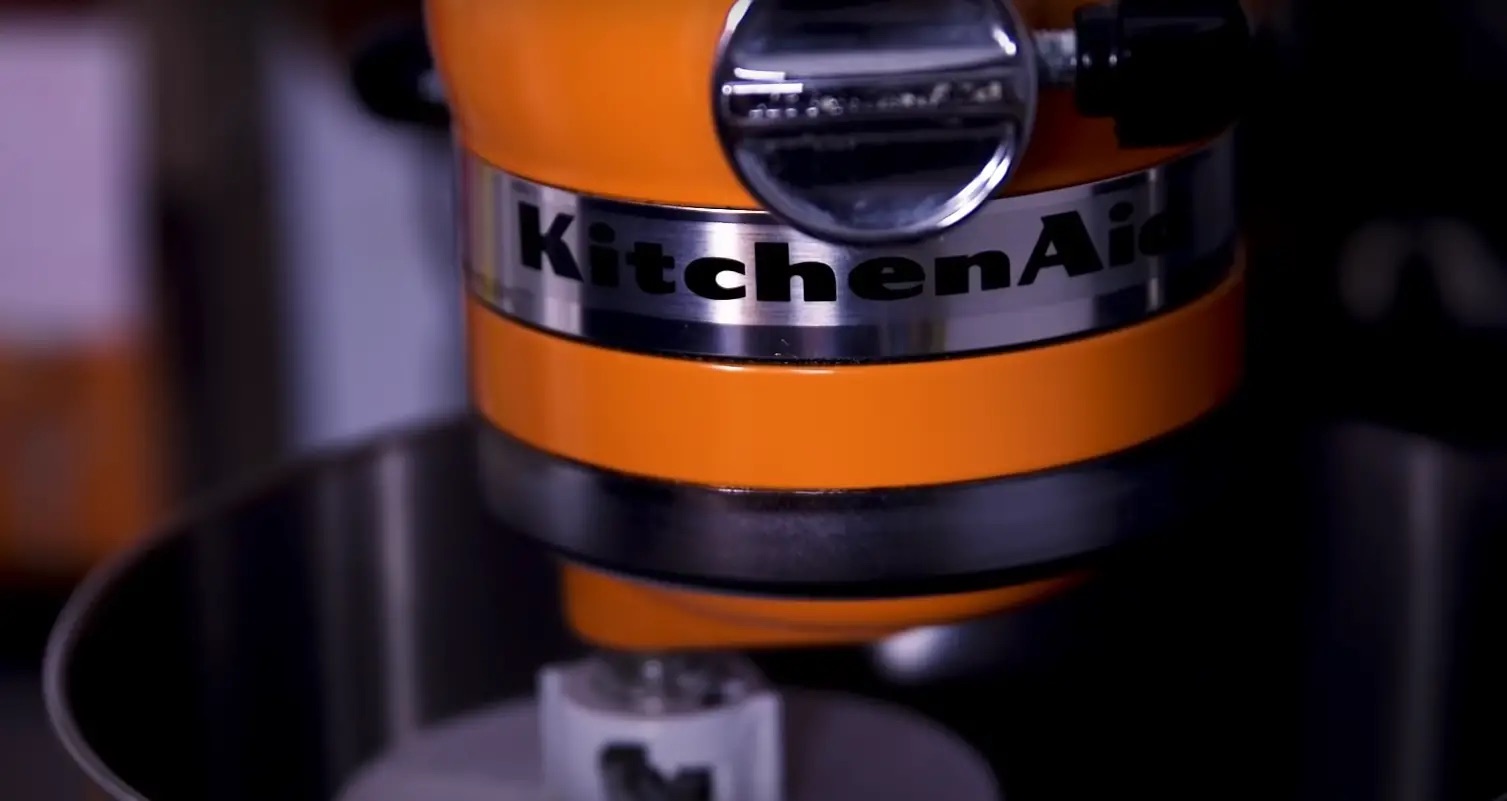


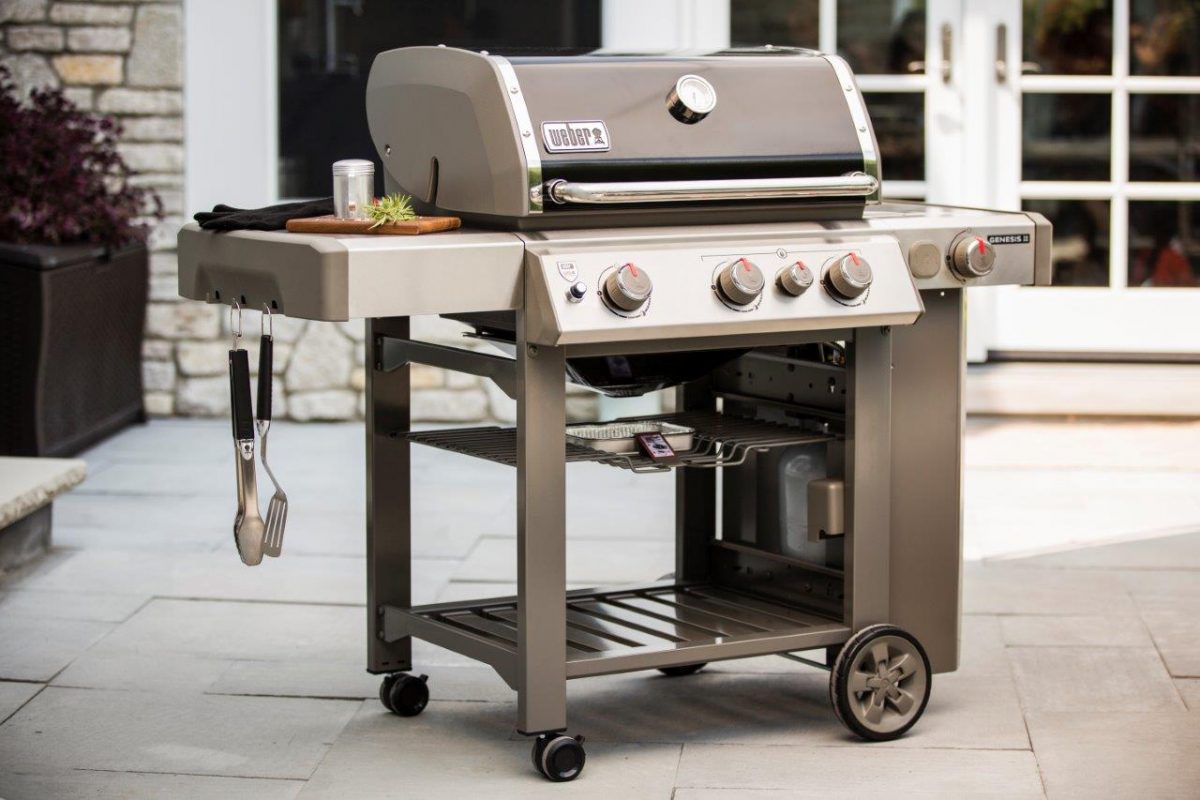
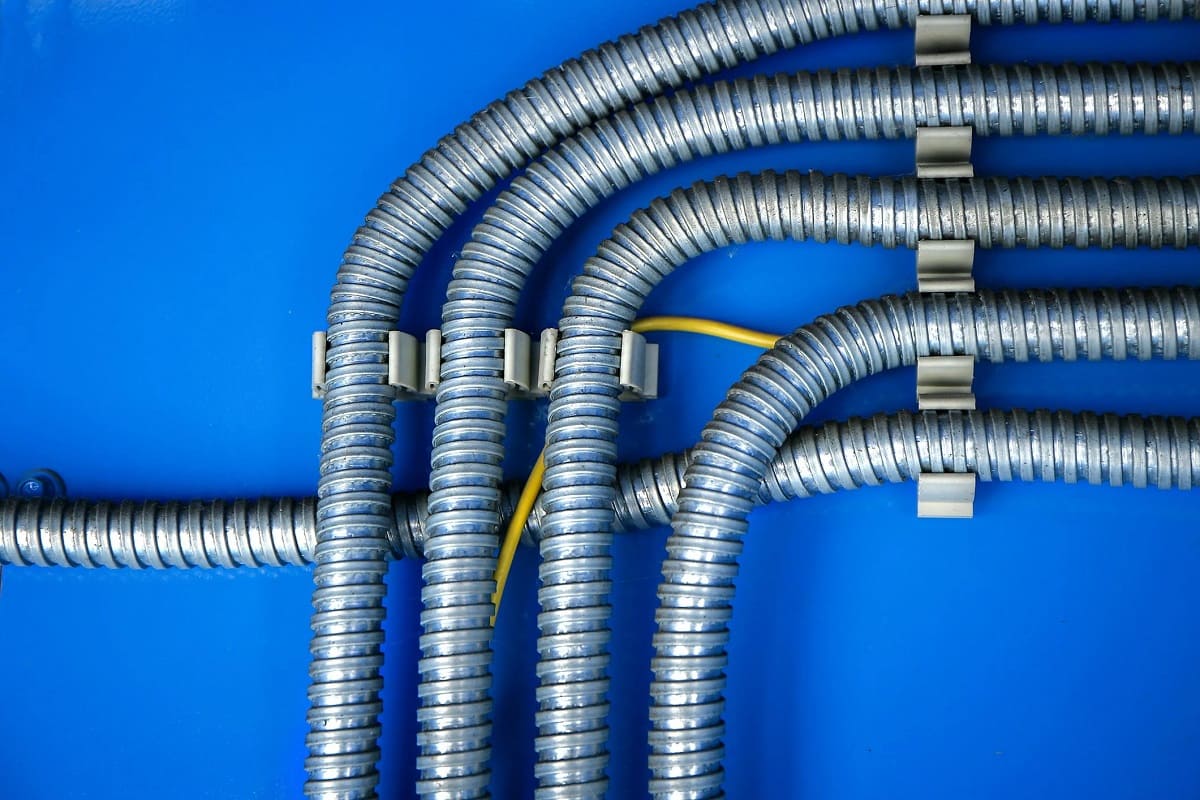
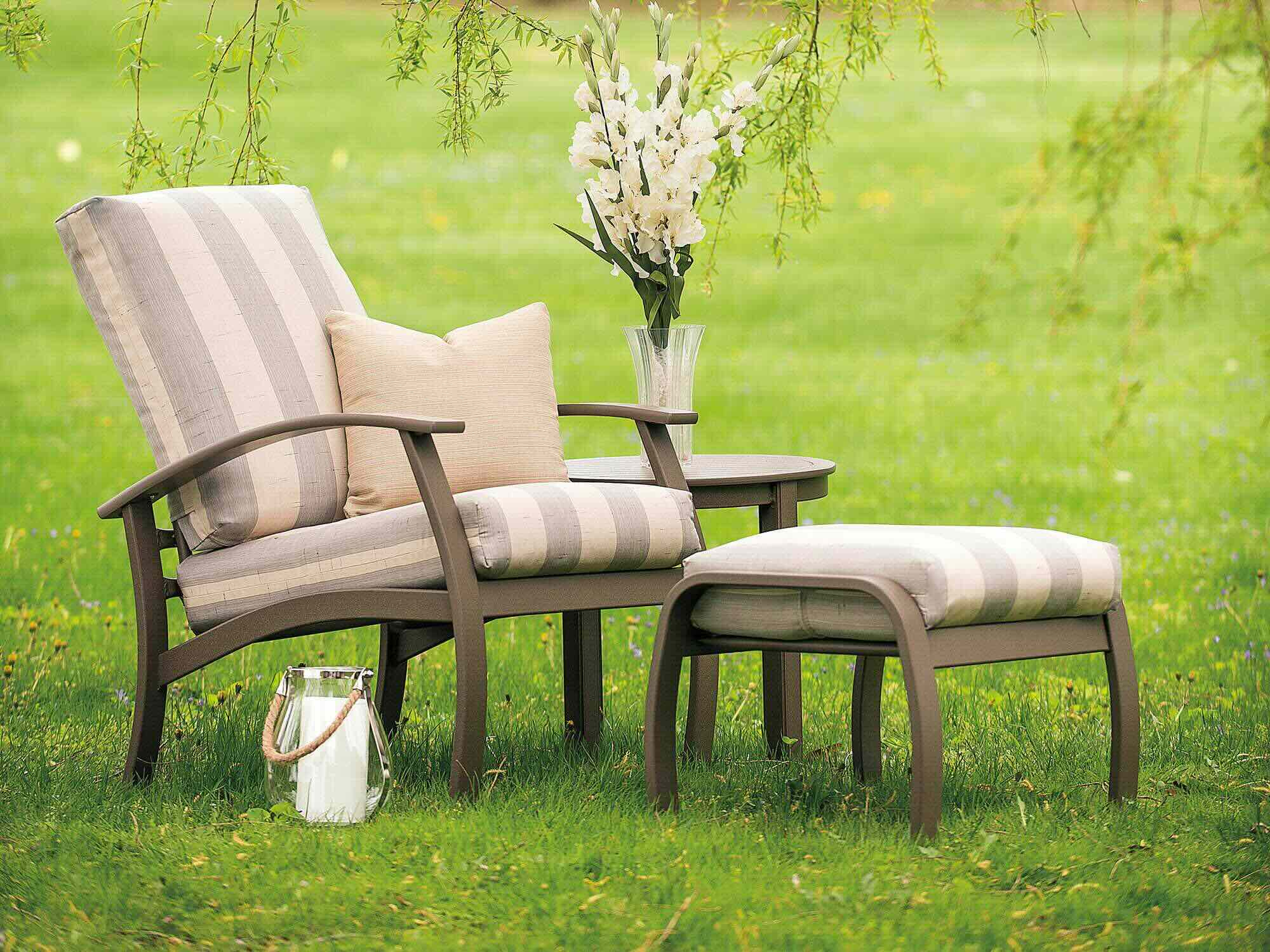
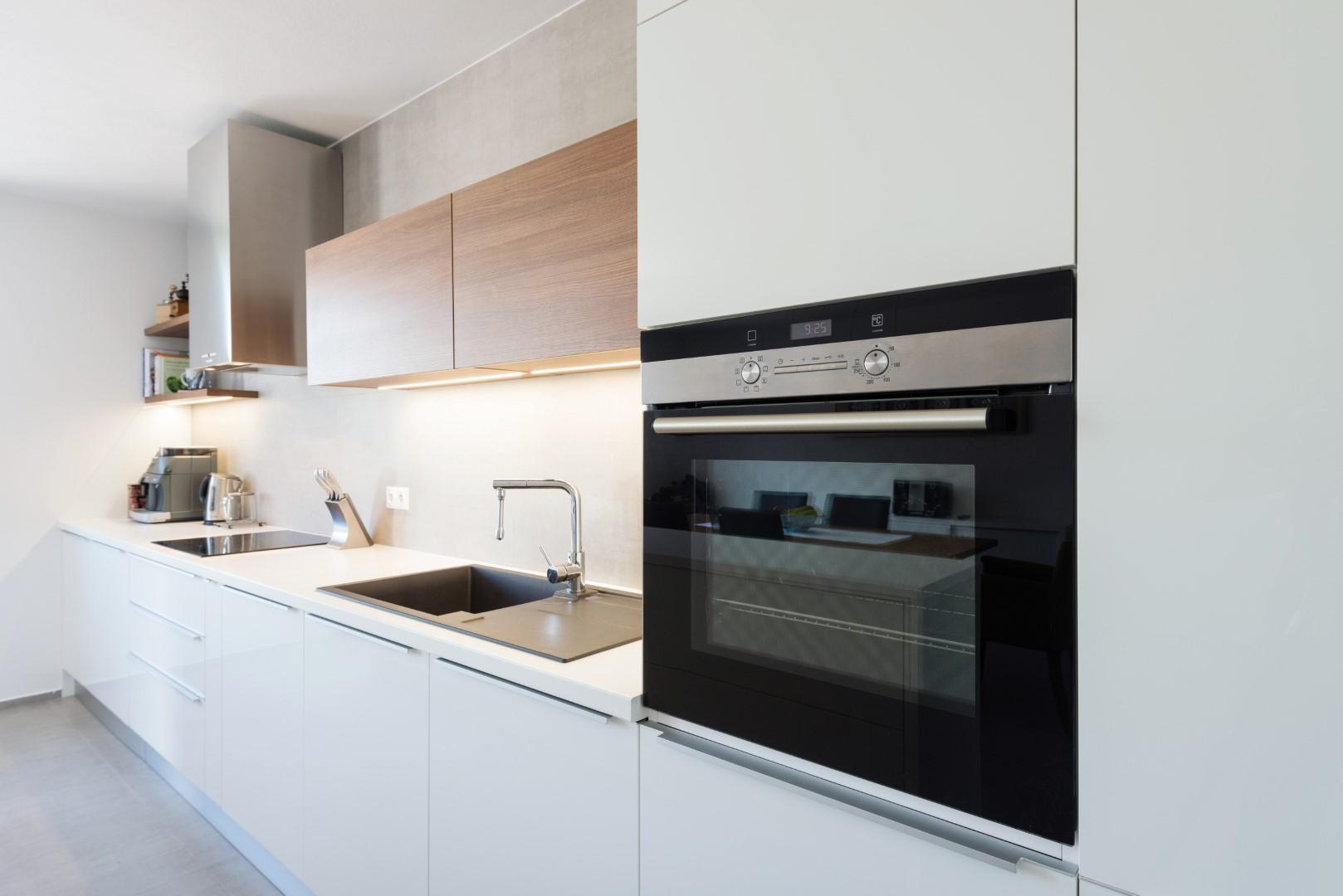
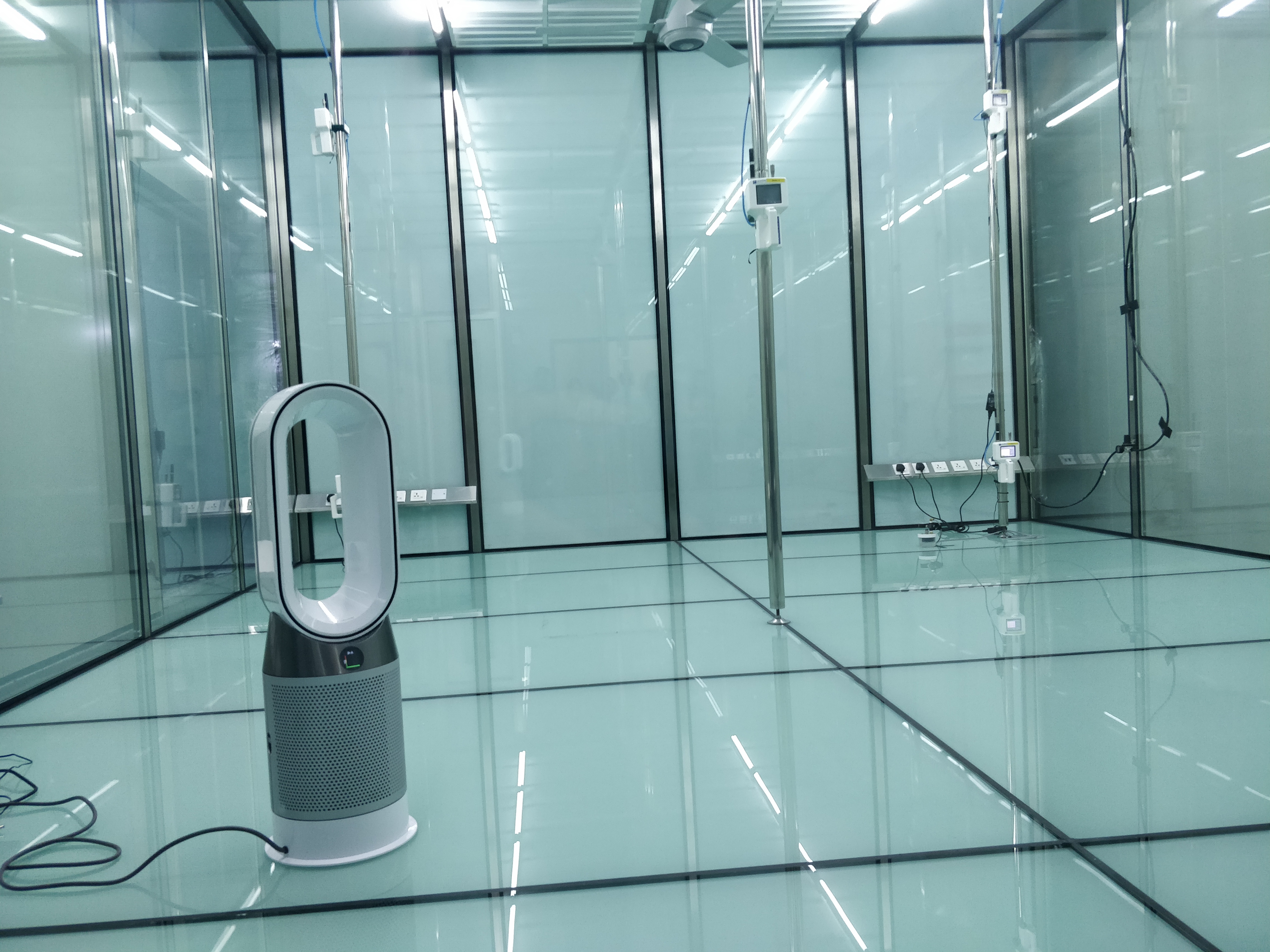

0 thoughts on “Why Are Persian Rugs So Expensive”